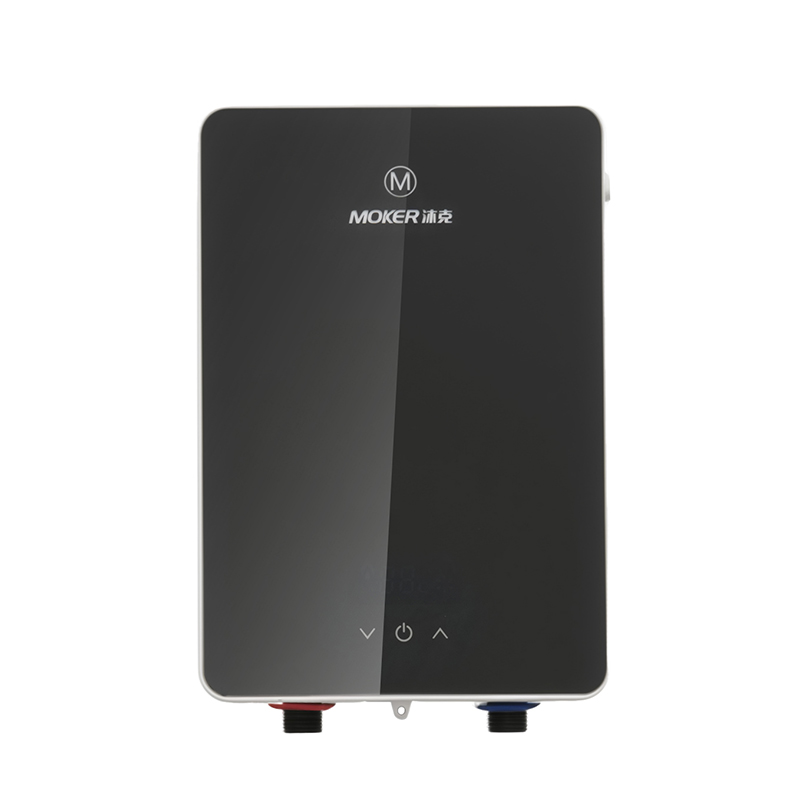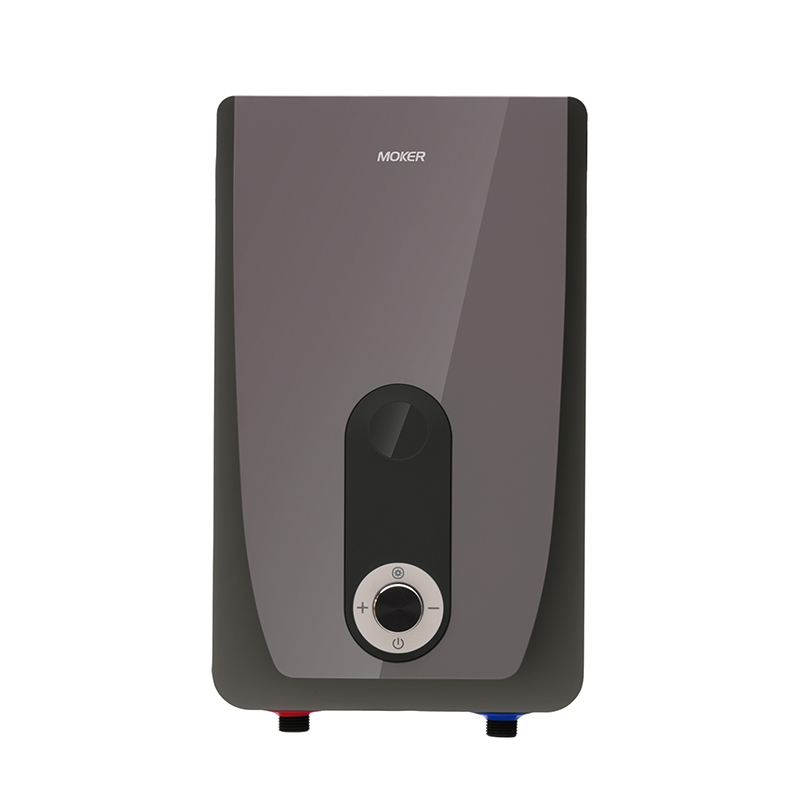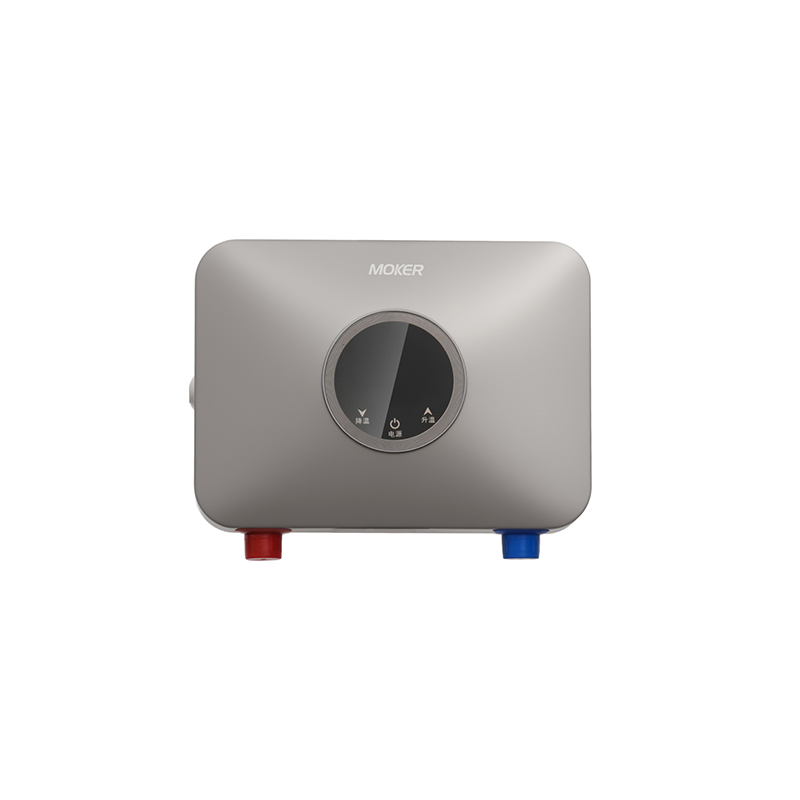Adaptation of Different Water Heaters to the Functional Needs of Various User Groups
Adaptation to the functional needs of various user groups refers to how water heater aligns with the unique requirements of different people—such as elderly users needing simple operation, families with infants requiring stable low-temperature water, renters desiring easy installation, and outdoor workers needing portable use. Poor adaptation leads to inconvenience or safety risks. Electric water heater, Tankless Water Heater, Instant water heater, electric tankless water heater, and instantaneous water heater electric each have distinct adaptation traits, shaped by their operation design, temperature control, and portability.
For elderly users, Electric water heater has moderate adaptation. Electric water heater’s mechanical thermostat with large knobs (marked 1–5) is easy for elderly users to adjust without complex digital operations. The tank’s stored hot water ensures stable temperature (no sudden cold/hot changes), reducing scald risk. However, Electric water heater’s heavy tank requires fixed installation (hard to move if elderly users need adjustments) and its drain valve (for sediment cleaning) is often located at the bottom—elderly users may struggle to access it, needing assistance for maintenance. Adding a remote control (compatible with some Electric water heater models) can improve adaptation by allowing temperature checks without bending over.
For families with infants, Tankless Water Heater has high adaptation. Tankless Water Heater’s precise digital temperature control (adjustable to 37–40°C, the ideal range for infant bathing) avoids overheating. Gas Tankless Water Heater and electric Tankless Water Heater both provide continuous hot water—no waiting for tank refilling, which is critical for infants’ frequent diaper changes and quick baths. Tankless Water Heater’s anti-scald function (auto-shuts down if temperature exceeds 50°C) adds safety. However, gas Tankless Water Heater’s vent noise may disturb sleeping infants; choosing a low-noise model (below 45 decibels) solves this. electric Tankless Water Heater’s noiseless operation is more suitable for such families.
For renters, Instant water heater has strong adaptation. Instant water heater’s small size (15–25cm tall) allows under-sink installation without drilling large holes—renters avoid damaging walls (a common lease restriction). Instant water heater’s plug-and-play design (no professional installation needed) lets renters set it up in 10 minutes and take it when moving. The 1–3L mini tank meets renters’ single-person or small-family needs (no energy waste from oversized tanks). However, Instant water heater’s low hot water output (only enough for 1 shower at a time) is unsuitable for renters sharing spaces with 3+ people; pairing two Instant water heater units (one for bathroom, one for kitchen) can improve adaptation.
For outdoor workers (e.g., construction teams, campers), instantaneous water heater electric has high adaptation. instantaneous water heater electric’s palm-sized design (weighing 0.5–1kg) is easy to carry in toolboxes. It runs on 220V portable generators (common at outdoor sites) and heats water in 3–5 seconds—outdoor workers can get hot water for handwashing or quick showers without building fixed facilities. The unit’s IPX4 waterproof rating (resists splashes) suits outdoor damp environments. However, instantaneous water heater electric’s low power (1–2kW) only heats small water volumes (max 1L at a time)—outdoor workers need to fill buckets repeatedly. Using it with a 5L portable water tank extends its use time, enhancing adaptation.
For small-family renters (2–3 people), electric tankless water heater has balanced adaptation. electric tankless water heater’s wall-mounted design (needs only 2 screws) is lease-friendly (minimal wall damage). Its digital display with temperature numbers (e.g., 38°C, 45°C) is clearer than Instant water heater’s vague marks, allowing easy adjustment for daily use (showering, dishwashing). electric tankless water heater’s continuous hot water supply (supports 2 simultaneous taps) meets small-family needs—no waiting between showers. However, electric tankless water heater requires a dedicated 20–30 amp socket (some old rental apartments lack this); using a socket adapter (certified for high power) can solve compatibility issues temporarily.
For large families (4+ people), Electric water heater with 80–100 gallon tanks has better adaptation than small models. The large tank stores enough hot water for back-to-back showers, laundry, and dishwashing—no shortage during peak use (e.g., evening bath time). Electric water heater’s low noise (below 30 decibels) avoids disturbing family activities. But Electric water heater’s long heating time (4–6 hours to refill a large tank) means families need to plan use (e.g., not using all hot water at once). Pairing it with a small Instant water heater (for kitchen quick use) reduces reliance on the large tank, improving overall adaptation.
Adaptation to user groups depends on water heater’s design priorities: Tankless Water Heater suits families with infants; instantaneous water heater electric fits outdoor workers; Instant water heater and electric tankless water heater adapt to renters; Electric water heater works for elderly users and large families. Choosing water heater based on user group needs ensures convenience, safety, and optimal use experience for everyone.





